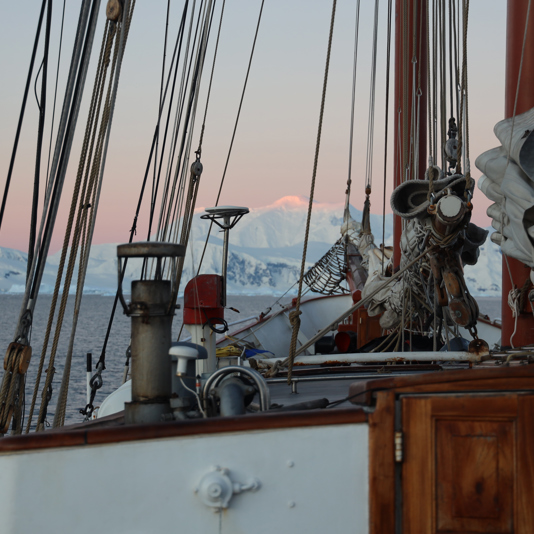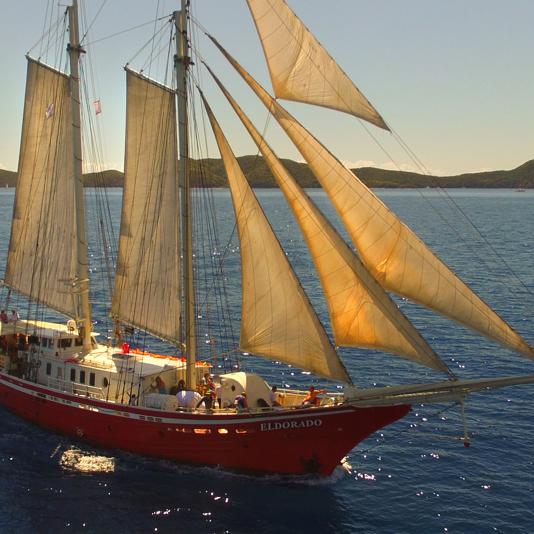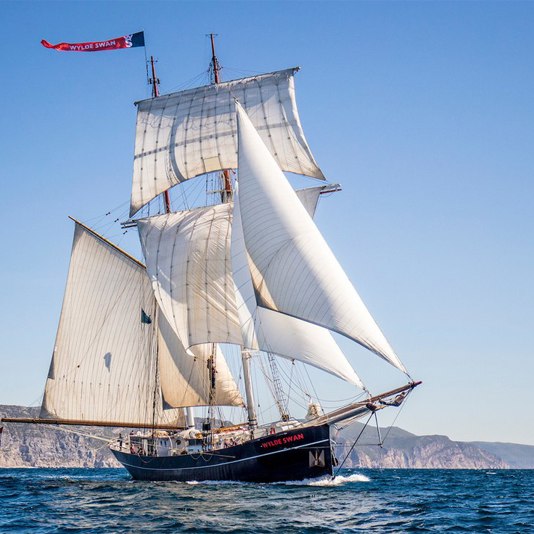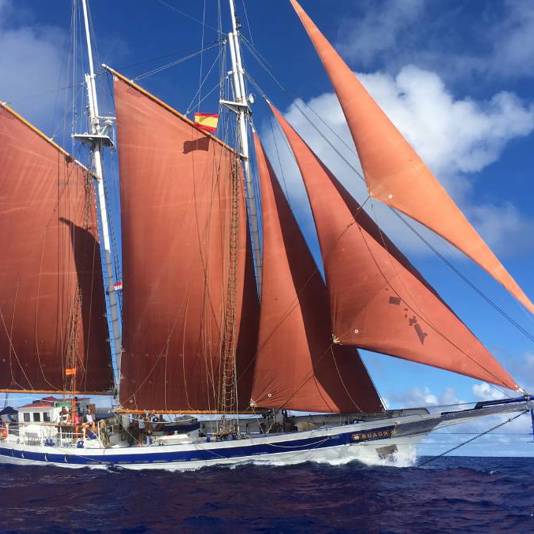Reykjavik, the capital city of Iceland, is a vibrant port that mixes urban and natural landscapes. The colorful houses, street art, and music scene harmonize with the stunning volcanic landscapes and the world-famous Blue Lagoon. Discover a unique destination where the past and present meet in perfect harmony.
For most travelers, Reykjavík is a jumping-off point for the Icelandic natural beauty of the Valley of Geysers, Gudlfoss Falls, and Tingvellir National Park.

It's also a great starting point for chasing the northern lights, which, thanks to the long, dark nights, can be seen from September through April. But the city itself, as the epicenter of Icelandic culture, is worth spending a few days in it. Start with a taste of Nordic cuisine (order any dish that includes fish or lamb) and then, towards nightfall, immerse yourself in the legendary world of Reykjavík's music: this city is home to a large number of indie bands and electro performers. If you visit in February, you'll be in time for the Winter Lights Festival, during which the city's streets are decorated with light installations. After a day of walking, it's worth taking a dip in one of the many hot springs, such as the popular Blue Lagoon or the Sundhöllin public baths, which are highly prized by the locals.
Long ago, in the land of fire and ice, there lived a fierce sea monster known as the Reykjavík Serpent. It was said that the serpent was so large that it could swallow ships whole and drag sailors down to the depths of the ocean.
Many brave sailors had attempted to slay the serpent, but none had succeeded. The people of Reykjavík lived in fear of the monster, and the port was often empty as sailors refused to risk their lives in its waters.
One day, a young hero named Sigurður decided to take on the challenge of defeating the Reykjavík Serpent. He set out in his small boat, armed only with his sword and his courage. As he sailed into the port, the water began to churn and the serpent rose from the depths, ready to attack.
Sigurður fought bravely, dodging the serpent's sharp teeth and slashing at its scaly hide. The battle was long and grueling, but finally, Sigurður delivered a fatal blow to the monster's heart.
As the Reykjavík Serpent sank beneath the waves, the people of Reykjavík cheered and celebrated their hero. They knew that from that day forward, their port would be safe for all sailors to enter.
And so, to this day, the people of Reykjavík honor Sigurður's bravery and celebrate their victory over the fearsome Reykjavík Serpent. But some say that the serpent still lurks in the depths of the ocean, waiting for its chance to rise again and seek revenge on the city that defeated it. Do you dare to sail the waters of Reykjavík and test your own bravery against the legendary sea monster?
Amazone
The two-masted schooner Amazone is an ice class sailing boat launched by Olivier van Meer Design in the Netherlands. She operates in high latitudes of the Arctic and Antarctica. She is capable of high speed but is equally comfortable while cruising.
Eldorado
The two-masted schooner Eldorado is a modern sailing vessel built at the A. Metz Texdok shipyard in the Netherlands in 2007. The schooner was commissioned in 2010.
She is fitted with all necessary navigation and rescue equipment for operation in the high Arctic and Antarctica, as well as for autonomous navigation up to 35 days.
The ship is equipped with 6 double cabins, each cabin has its own bathroom, WC, heating and air conditioning system.
Wylde Swan
The “Wylde Swan” is a 2-masted topsail schooner, the largest in the world of her type.
Elsi
The two-masted schooner Elsi was built in 1986 by the German shipyard Blumenthaler Werft as a training expedition ship. In 2013, an extensive reconstruction and equipment of the sailboat was carried out for operation in the high latitudes of the Arctic and Antarctic. Subsequently, the schooner was used in medical humanitarian expeditions to remote corners of the world.





